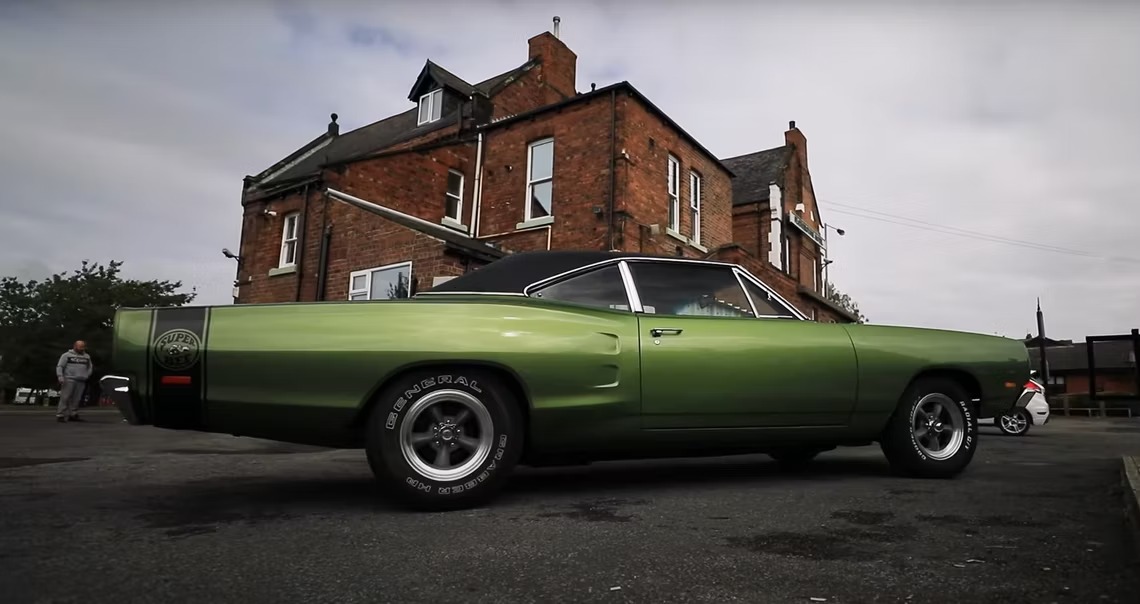The Super Bee 440 Six Pack is quite a rare sight in its current U.K. home but few know its true origins.

Peter Green is a soft-spoken British man whose obsession for powerful American cars goes back some 50 years when, at 19 years old, he bought a beat-up 1965 Chevy Impala 327. Ever since, he’s owned a slew of these cars, including a 2001 Ford Mustang Bullitt. But the one that might be his last car—at least until he tires of it, as he says—is a 1969 Dodge Coronet Super Bee 440 Six Pack A12 tribute car.

Have a look at this magnificent Mopar with an intriguing history in the video form the YouTube channel Hand Built Cars.
The Dodge Super Bee’s Transition From Strip To Street
Once an ordinary Coronet, the big Dodge crossed the pond from the U.S. to the U.K. at some point in its colorful past. For 12 years, it competed on the drag strip under the nickname “Woody’s Wedge”. Then, British Mopar specialist Dave Billadeau bought it and began converting it into a Super Bee.
When Green learned about the build, he planned to buy it. But it was already promised to someone else, so the disappointed car enthusiast bought a ’63 Ford Galaxie instead. A few months later, however, the original deal fell through, and the Super Bee came home with Green.
This completely-rebuilt car is a mash-up: an A12 1969 Super Bee with its lift-off hood, powered by the 1970 model’s 440 Six Pack engine. Mated with a 4-speed manual transmission, the wedge-shaped V8 has three 2-barrel carburetors and makes about 390 hp.
A Charmed Life For This Dodge Muscle Car
Green seems content to use the Super Bee as a daily driver and has no desire to race or show it. With that in mind, it did star in magazine articles and in a video for a Swedish punk band. The attention it draws on the street makes its owner happy, even if its admirers have no clue what it is.
The Super Bee also lends itself easily to fast highway driving. At one point, Green blew the engine after hitting 140 mph. Fortunately, Billadeau happened to have a spare block handy for the muscle car.

By his estimates, Green saved himself the equivalent of about $50,000 by buying a tribute car rather than an original. While U.S. market values might differ somewhat, an original 1969 Super Bee is worth about $55,000, according to Hagerty. It’s just a guess, but we think that Green won’t tire of this Mopar anytime soon.









